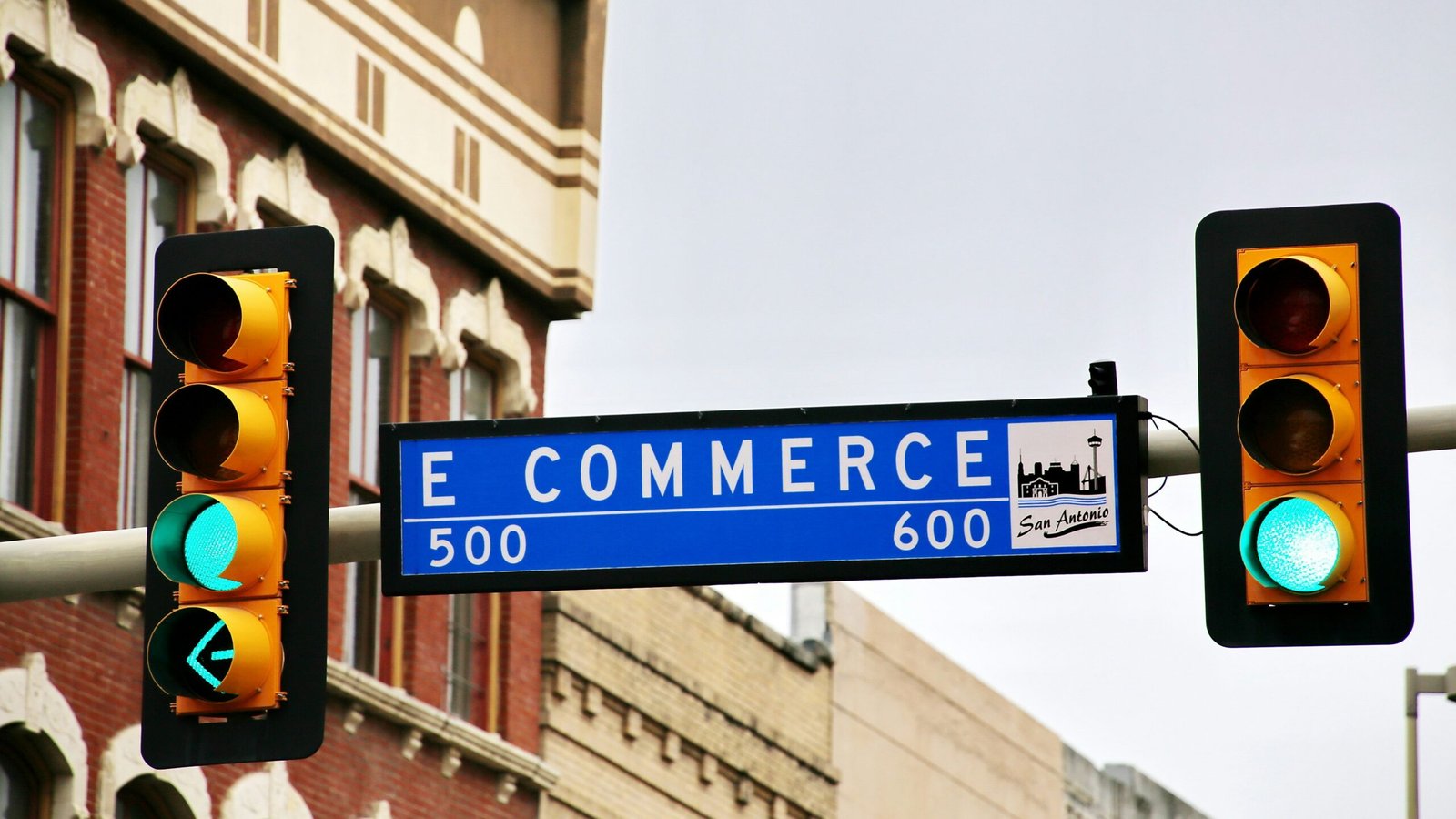7 Effective Ways to Promote Your B2B E-Commerce Newsletter
Leverage Social Media Platforms
Social media is a powerful channel for promoting your B2B e-commerce newsletter. Each platform offers unique advantages and reaches different audience segments. LinkedIn is often the most relevant for B2B businesses due to its professional network, while Twitter and Facebook also offer substantial reach and engagement opportunities. Crafting engaging social media posts is crucial to maximize the effectiveness of these platforms.
When promoting your B2B e-commerce newsletter, LinkedIn allows you to target a professional audience effectively. Craft posts that include teaser content from your newsletter, utilizing captivating snippets that entice readers to subscribe. Adding eye-catching images or infographics related to your content can significantly enhance engagement. A strong call-to-action (CTA) urging users to sign up for your newsletter is essential. For example, a post could read, “Discover the latest trends in B2B e-commerce. Subscribe to our newsletter for exclusive insights!”
Twitter’s fast-paced environment is ideal for frequent updates and interaction. Share concise and compelling content from your newsletter, using relevant hashtags to increase visibility. Twitter polls and engaging questions can stimulate conversation among your followers, helping to build a community around your brand. Regular interaction with your audience enhances your credibility and encourages more users to subscribe to your newsletter.
Facebook’s robust advertising platform enables you to reach specific business audiences through targeted campaigns. Create engaging posts that tease your newsletter content, paired with high-quality images or videos. Utilize Facebook ads to target your ideal demographic, such as business professionals or decision-makers, allowing you to reach a broader audience and increase newsletter subscriptions. Incorporating Facebook’s retargeting features can further optimize your campaign by reaching users who have previously interacted with your brand.
The consistency of your social media activity is vital. Regularly posting and interacting with your followers helps build a loyal community, increasing the likelihood of newsletter subscriptions. Engaging content, strategic use of CTAs, and leveraging the unique strengths of each platform can significantly boost your B2B e-commerce newsletter’s reach and effectiveness.
Optimize Your Website for Newsletter Promotion
One of the most effective ways to promote your B2B e-commerce newsletter is through your website. This digital space serves as the first point of interaction for many potential subscribers. Strategically placing newsletter sign-up forms on high-traffic pages can significantly boost your subscription rates. Consider prominently featuring these forms on key pages such as your homepage, blog posts, and product pages. These locations are often where visitors spend the most time, thus increasing the likelihood of engagement.
In addition to static sign-up forms, employing dynamic elements like pop-ups and slide-ins can effectively capture visitor attention. These tools should be designed to appear at optimal times, such as after a visitor has spent a certain amount of time on a page or is about to exit the site. It’s crucial, however, to ensure that these pop-ups and slide-ins are not intrusive. They should enhance the user experience rather than disrupt it.
Clearly stating the benefits of subscribing to your newsletter is another important factor. Prospective subscribers should understand the value they will receive, whether it’s exclusive content, insightful industry updates, or special offers. A concise and compelling message can make a substantial difference in your sign-up rates.
The sign-up process itself should be as streamlined as possible. Minimizing the number of required fields in the subscription form can reduce friction and make it more likely that visitors will complete the process. A name and email address are often sufficient to start with; additional information can be gathered later as needed.
Utilizing analytics to track the performance of your sign-up forms is essential for ongoing optimization. Monitor key metrics such as sign-up rates and user engagement to determine the effectiveness of your placements and messaging. Use this data to make informed adjustments, ensuring you continuously improve the efficiency of your newsletter promotion strategy.
Utilize Email Marketing
Leveraging existing email lists and CRM tools proves to be a cornerstone for promoting your B2B e-commerce newsletter. By segmenting your audience, you can tailor personalized invitations that resonate deeply with different customer subsets. A starting point is categorizing your email list based on interaction history, purchase behavior, and engagement level. This segmentation ensures that your messages are relevant, thereby increasing the likelihood of subscription.
Once your audience is segmented, the next step involves crafting compelling email content. Highlight the unique value propositions of your newsletter—whether it’s exclusive insights, industry trends, or pertinent updates. Ensure the email’s subject line grabs attention immediately; something concise yet intriguing works best. Within the email, use a clear and persuasive call to action (CTA), prompting recipients to subscribe. The CTA should be prominently displayed and easy to follow.
Employing email automation tools can significantly streamline your promotional efforts. Automated follow-up reminders serve to re-engage with those who didn’t subscribe initially, while exclusive previews of upcoming newsletter content can entice potential subscribers by showing them the value they’re missing out on. Automation also helps in scheduling emails at optimal times, making sure they reach recipients when they are most likely to engage.
A crucial component of your email strategy includes A/B testing to pin down the most effective formats and messaging. Test different subject lines, email layouts, CTAs, and send times to see what garners the highest engagement rates. Analyzing these metrics will provide actionable insights into what works best for your audience, allowing you to fine-tune your approach for maximum impact.
Incorporating these strategies into your email marketing efforts will not only enhance your promotional reach but also cultivate a more engaged and targeted subscriber base for your B2B e-commerce newsletter.
Engaging with industry influencers and business partners can substantially amplify the reach of your B2B e-commerce newsletter. To begin, identify influencers and partners who share a common target audience. Use social media platforms, industry events, and professional networks to find influential voices within your niche. Research their content, audience engagement, and how their values align with your brand. Once potential collaborators are identified, approach them with a clear vision of mutual benefits and collaborative ideas.
One effective strategy is co-creating content that appeals to both your audiences. This can include guest blog posts, joint webinars, or exclusive interviews. For instance, guest blog posts can be published on both your blog and the influencer’s platform, expanding your content’s visibility. Similarly, hosting a joint webinar allows you to tap into your partner’s audience, offering valuable insights while promoting your newsletter. Featuring exclusive interviews with industry experts in your newsletter provides your subscribers with high-value content, encouraging more sign-ups.
Maximize these collaborations by cross-promoting each other’s newsletters. Include mentions, backlinks, or dedicated sections in your newsletter to highlight your collaboration and encourage your subscribers to explore your partner’s content. This reciprocal promotion not only broadens your audience but also builds credibility and trust.
Consider successful examples like the partnership between HubSpot and LinkedIn, where they co-created a series of informative webinars on B2B marketing strategies. This collaboration not only increased their webinar attendance but also resulted in a significant boost in newsletter subscriptions for both parties. Similarly, when Salesforce partnered with influential tech blogs for guest articles, they witnessed a noteworthy increase in traffic and newsletter sign-ups.
Collaborating with influencers and partners establishes long-term relationships that are beneficial for both parties. These partnerships enable you to extend your reach, offer diverse content, and build a reputable network within your industry. The mutual advantages, coupled with the potential for increased newsletter subscriptions, make these collaborations a valuable component of your B2B e-commerce marketing strategy.






